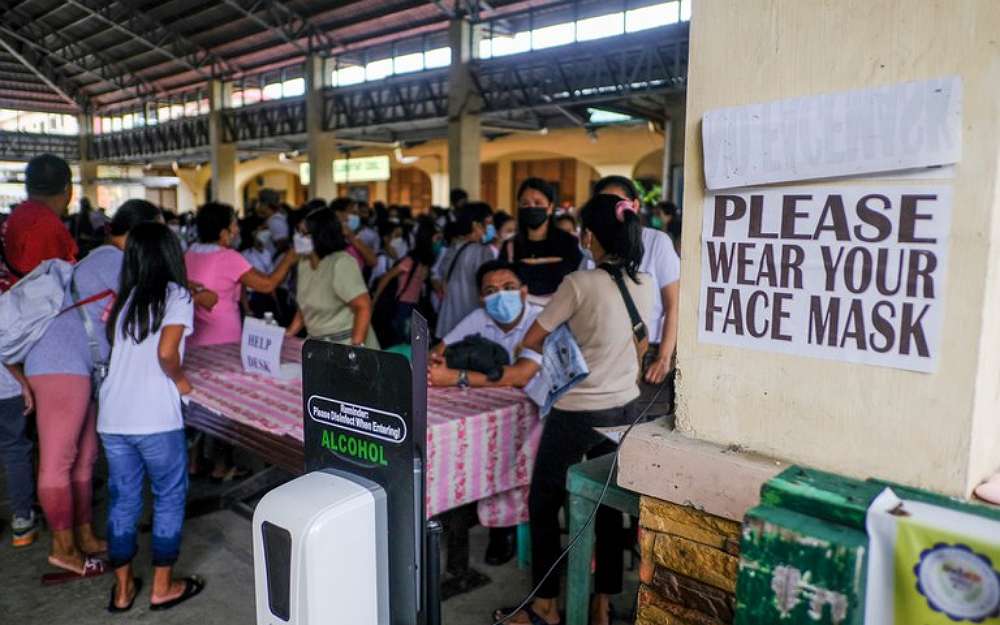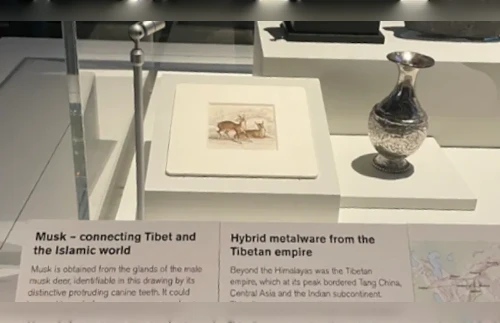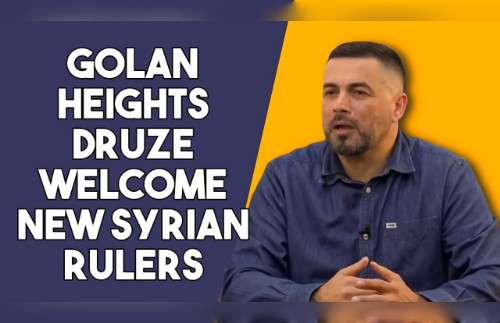Camille Elemia and Jojo Riñoza/Manila and Dagupan, Philippines

Public schools across the Philippines reopened for in-person classes for the first time in more than two years Monday after President Ferdinand Marcos Jr. ruled out more economically crippling lockdowns amid the COVID-19 pandemic.
Excitement, mingled with parents’ anxiety over the threat of the coronavirus, filled the air as more than 20 million students returned to classrooms at most public schools in the archipelago nation after having to take their lessons online since early 2020, the outset of the outbreak here.
In Pangasinan, a seaside province north of Manila, students in masks and uniforms traveled in boats to school, while in Metro Manila and nearby areas, heavy traffic marked the reopening of classes.
Vice President Sara Duterte, who serves as education secretary, hailed the day as a “success.”
“We are not belittling the threats of the pandemic, but we are talking here about the future of children,” Duterte said in a speech at a public school in Bataan province, a three-hour drive from the capital Manila.
“We cannot make the lack of education infrastructure or inadequate number of classrooms as another excuse to keep other children from schools,” she said.
Meanwhile, more than 1,000 of the nation’s 47,000 public schools, many located in disaster-stricken areas, maintained distance learning or a mix of online classes and printed learning modules. By Nov. 2, all private and public schools are mandated to fully transition to in-person classes.

Elmer Basco, 51, woke up before sunrise upon the prodding of his 9-year-old son, who is in the fourth grade. Before the pandemic, the boy was enrolled at a private school with an annual tuition fee of $600, but Basco, who runs a small merchandise store, decided to transfer his son to the public Kamuning Elementary School.
“It’s all we could afford. But it’s better for him to study here because he has many classmates,” Basco told BenarNews outside the school.
“It’s a good feeling for parents to see their children experience a normal life, which was stolen from them the past two years,” he said.
Cristy Macalanda, 42, expressed high hopes for the in-person classes. The online seller said her child’s education had suffered.
“I am happy because now they can learn because they don’t learn enough during online learning. I admit it, we parents would answer the modules for them,” she told BenarNews.

Concerns, fears
Even as life in the Philippines moves toward pre-pandemic normal, many Filipinos are reeling from fear – including Michelle Bautista, a mother of four.
“I am scared that they might get sick again. I am still scared of COVID-19,” Bautista said. “But I know they have to go to school because, here, teachers can focus on their learning.”
The Department of Education said 92 percent of teaching and non-teaching staff were vaccinated while students were not required to be vaccinated. Additionally, most schools do not have the needed space to allow social distancing.
On the first day back to school and in-person classes, teachers also felt pressure.
Kristina Abregana, a Grade 5 teacher, said she physically and mentally prepared herself for the return to in-person classes after an “exhausting” process of distance learning.
“As teachers we still have anxieties – it’s still the pandemic there are still people who are not vaccinated. However, we must be ready for that because we are like soldiers, we cannot do anything about it,” Abregana said.
The education department announced it would give public school teachers U.S. $100 each to augment their expenses for the school opening.
The Philippines has a learning poverty rate of more than 90 percent, among the highest in Southeast Asia, according to the recent “The State of Global Learning Poverty,” a joint report by international organizations World Bank and the United Nations. The report describes learning poverty as a measure of children unable to read and understand a simple passage by age 10.
Previously, Socioeconomic Planning Secretary Arsenio Balisacan had called on the government to conduct remedial classes among younger children to make up for more than two years of inadequate learning.
Basilio Sepe in Manila contributed to this report.
Copyright ©2015-2022, BenarNews. Used with the permission of BenarNews













